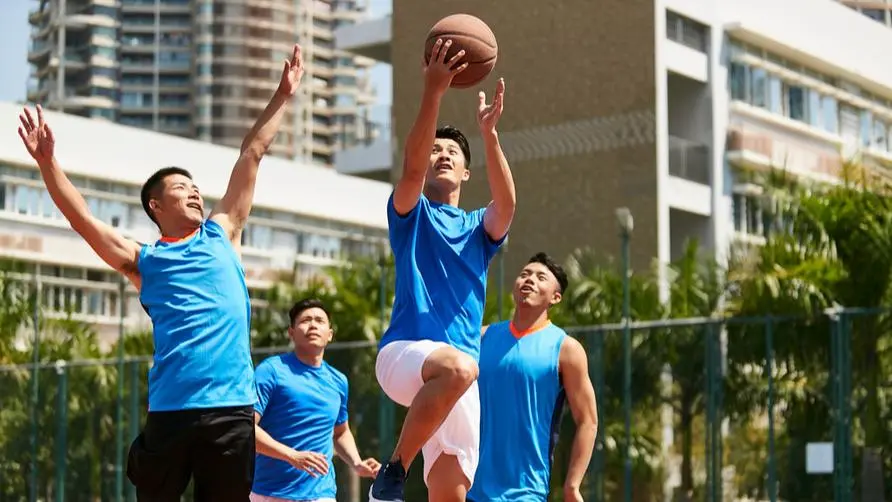Not only does kneeling and climbing stairs hurt your knees! Famous Doctors: Beware of "Religious Rituals" Accelerating Degeneration of Knee Joints

Not only is kneeling and climbing stairs harmful to your knees? Beware of “Religious Rituals” Sowing the Causes of Degeneration
When we talk about knee health issues, Dr. Lu Shaorui points out that there are several major factors that may induce knee discomfort or injury. The first is “injury”. In life, the knees are easily affected by external forces, such as sudden bending of the knee when falling, impact on the front and inside of the knee joint, or knee sprains caused by sudden changes in posture when kneeling or squatting. These situations will cause damage to the knee joint.
The second is “kneeling activity”. Due to the demands of work or sports, the knees are often bent, and prolonged knee bending will increase pressure on the knee joints. For example, behaviors such as squatting, kneeling, climbing stairs, walking on slopes, mountain climbing, riding a bicycle, or even driving or riding various vehicles for a long time. These repeated or continuous activities may have a lasting impact on the knees.
Dr. Lu Shaorui also specifically mentioned the special situation of “women” when it comes to knee joint problems. Because women bend their knees more frequently than men during daily activities, they are more susceptible to knee problems caused by excessive knee flexion.
In addition, some “religious rituals” may also affect the knees. Certain religious rituals require repeated squatting and kneeling movements, and these repeated posture changes may pose a health threat to the knees. The last point is “iatrogenic factors”. Patients who have had knee injections or surgery may also be at increased risk of knee problems, because surgery may lead to fibrosis in the medial fold, which may affect the health of the knee joint.
Physical examination of the knee shows “pain upon pressure” and popping and rubbing sounds reveal hidden problems
Physical examination of the knee shows that local tenderness is a significant finding during the examination. When pressing the medial edge of the lower end of the patella and the interridge area of the medial femoral condyle, the patient may feel clear local pain, which is one of the important clues in diagnosing knee problems.
In addition, the examiner may be able to touch strips in the above-mentioned painful areas, and these strips may make popping or grinding sounds when the joints move. The presence of these bands is also a key indicator of knee condition.
Finally, provocation testing can be used to reproduce these characteristic pain sensations and strip rub sounds. This examination involves pressing the painful point with the thumb of one hand and repeatedly bending the knee with the other hand to stimulate and observe whether corresponding symptoms occur. This process helps pinpoint the source of the problem.
Imaging reveals progressive narrowing of the joint space and bone spurs and cysts suggesting worsening disease
As the disease progresses, imaging findings show that the medial patellofemoral joint space gradually narrows, which is very obvious during the diagnostic process (see Figure 1). In some severe cases, not only the medial patellofemoral joint space continues to narrow, but also the inner edge of the patella and the medial femoral condyle are accompanied by the formation of bone spurs. In addition, cysts and bone sclerosis are sometimes found under the cartilage of the medial femoral condyle (see Figure 2).
Dr. Lu Shaorui pointed out that these imaging changes help understand the pathological process of degenerative knee arthritis and provide a key basis for clinical diagnosis. For patients, early detection of the characteristics of these lesions and taking corresponding medical measures are the key to effectively relieving pain and preventing further deterioration.

Figure 1, the medial space of the patellofemoral joint is significantly narrowed.

Figure 2. The medial patellofemoral joint space is narrowed, the patella and medial femoral condyle spurs are formed, and the medial femoral subcondylar cyst and bone sclerosis are formed.
Further reading:





